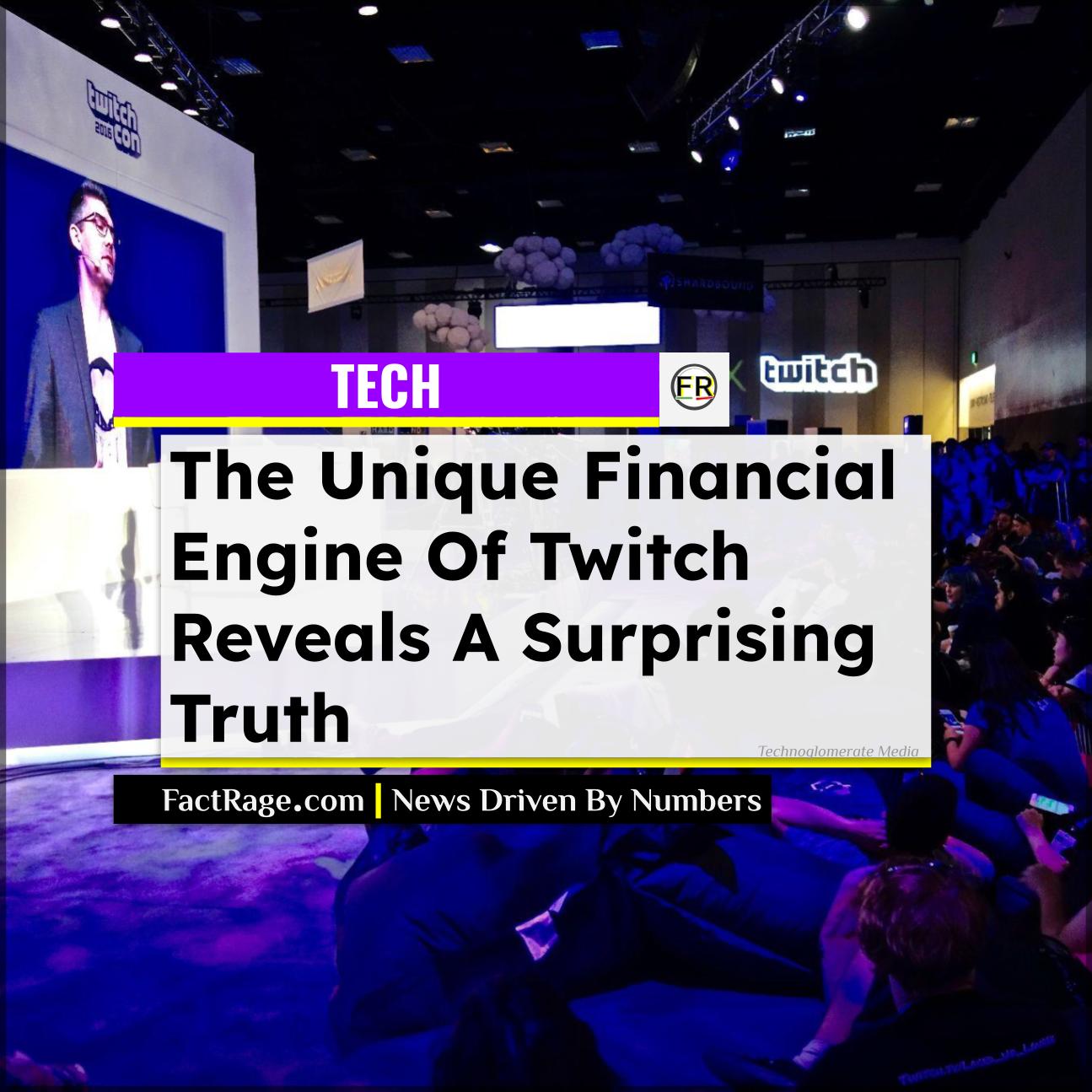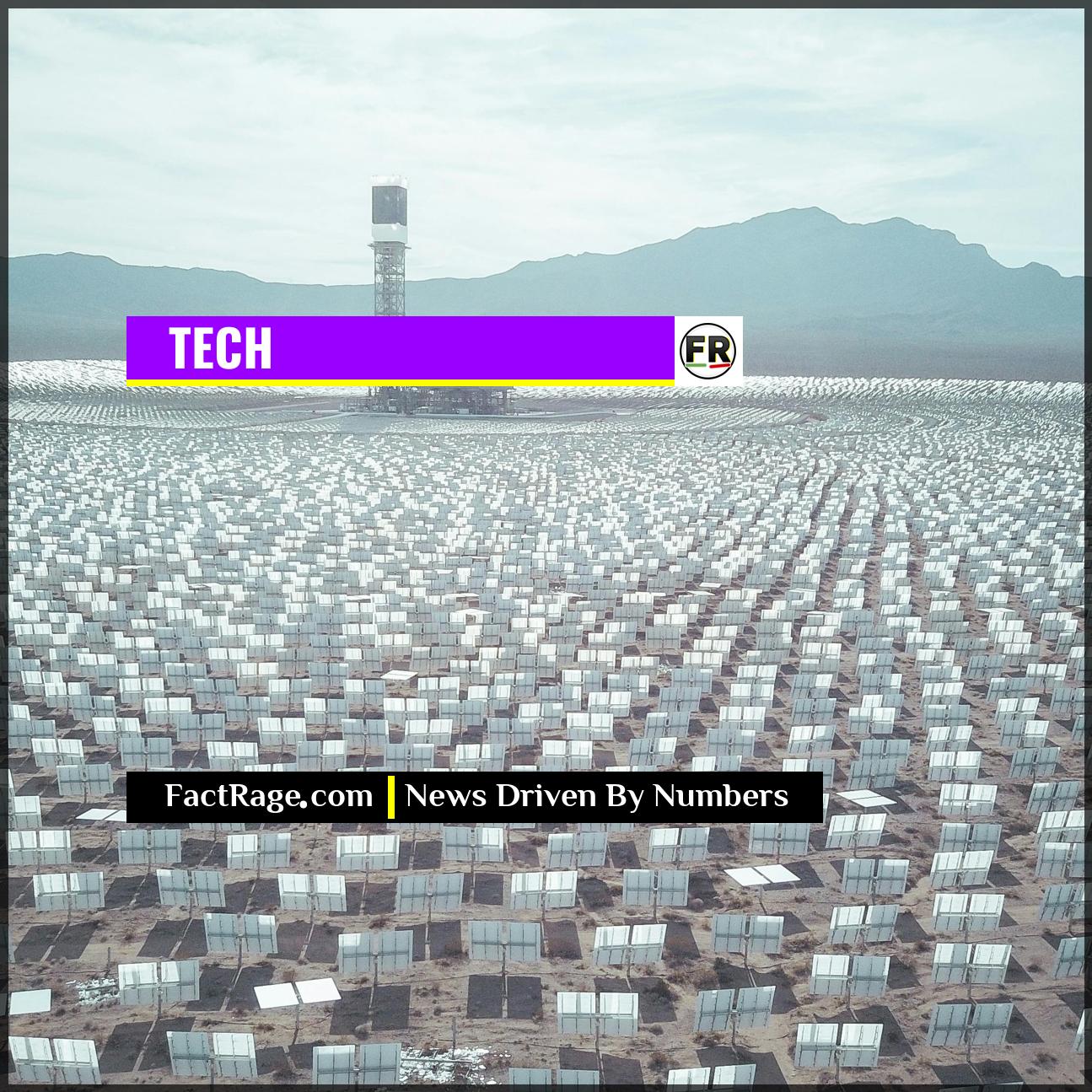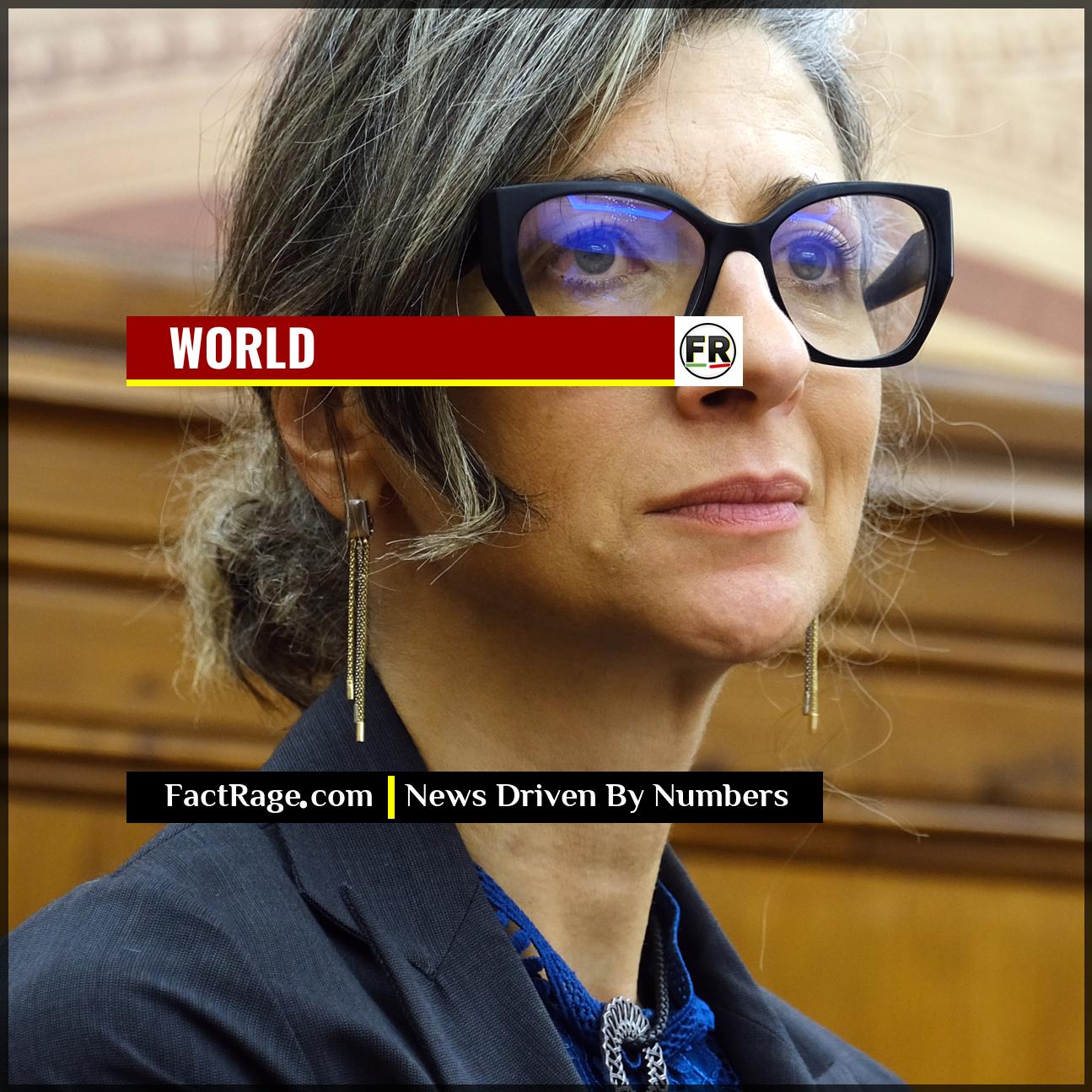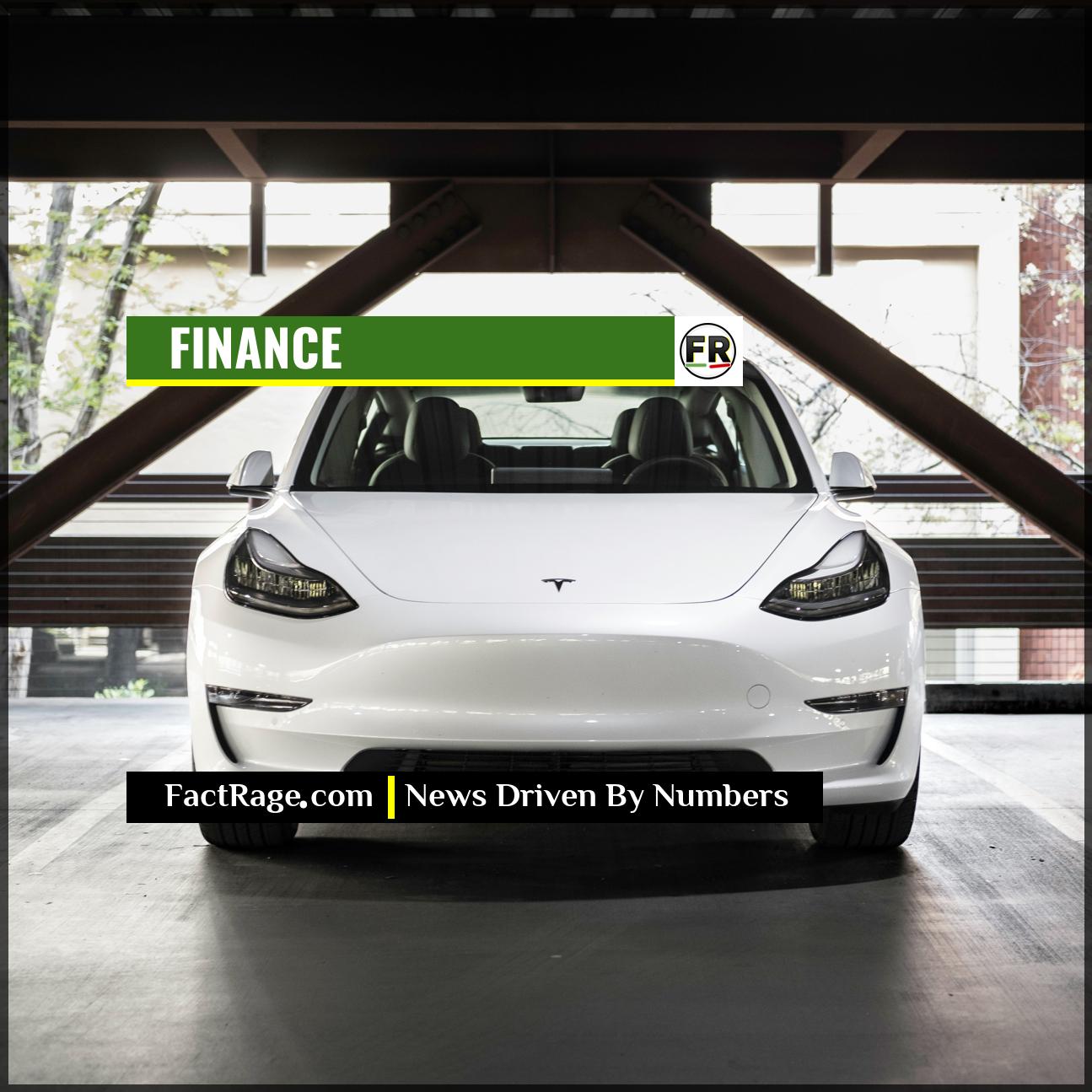The live-streaming platform Twitch, a subsidiary of Amazon, operates on a financial model that consistently surprises industry analysts, generating the majority of its revenue not from a barrage of advertisements, but from its own dedicated viewers.
Key Facts
- Viewer-Dominated Revenue – Twitch CEO Dan Clancy has stated that roughly two-thirds of the platform’s revenue comes directly from viewer patronage through subscriptions and virtual goods called Bits.
- Monetization for All – In a major 2025 strategic shift, Twitch began opening its core monetization tools to most streamers from day one, removing previous barriers to entry like Affiliate status.
- The Profitability Puzzle – Despite its massive user base and revenue, Twitch is reportedly not yet profitable for its parent company, Amazon, creating pressure to balance its community-first model with a growing need for ad revenue.
This viewer-centric financial structure makes Twitch a fascinating case study in the modern creator economy, setting it apart from ad-driven competitors like YouTube and creating a unique set of challenges and opportunities as it scales.
Deconstructing the ‘Patronage’ Economy

Unlike platforms where content is often locked behind a paywall, the core of Twitch’s business is built on voluntary patronage. When a viewer subscribes to a channel for a monthly fee—typically starting at $4.99—they are not primarily paying for access. Instead, they are buying status, recognition, and a deeper connection within a specific creator’s community. These benefits often manifest as custom chat emotes, special badges, and ad-free viewing on that channel.
This direct support is complemented by “Bits,” a virtual currency viewers can purchase and use to “Cheer” in a creator’s chat, triggering special alerts. For every Bit used, the creator receives one cent. Together, subscriptions and Bits form the foundation of a revenue model where the primary transaction is between the viewer and the creator, with Twitch acting as the facilitator and taking a percentage. For years, the standard revenue split was 50/50, but the platform’s “Partner Plus Program” now offers more favorable 60/40 and 70/30 splits to larger creators who meet specific growth targets.
A Strategic Shift to Broaden the Base
Historically, access to these monetization tools was a milestone creators had to earn by achieving “Affiliate” status, which required meeting metrics for followers and stream time. However, in a February 2025 open letter, CEO Dan Clancy announced a fundamental change: opening subscriptions and Bits to most streamers from their very first broadcast.
What is the strategic thinking behind this move? By lowering the barrier to entry, Twitch encourages a wider pool of aspiring creators to join and invest time in the platform. This widens the base of the creator pyramid, potentially capturing the next streaming superstar early and fostering loyalty from the ground up. It represents a doubling-down on the belief that direct community support is the platform’s most powerful and differentiating asset.
The Amazon Paradox and the Hunt for Ad Dollars
The reliance on patronage creates a compelling paradox when considering Twitch’s owner. Why would Amazon, a titan of e-commerce and advertising, operate a subsidiary that isn’t primarily fueled by ads and has struggled to achieve profitability? The value for Amazon lies in strategic assets beyond direct profit: unparalleled access to the Gen Z demographic, a powerful incentive for Prime memberships (which include a free monthly Twitch subscription), and a significant user of its own AWS cloud infrastructure.
Still, the pressure to become profitable is mounting. This has led Twitch to cautiously pursue a hybrid model, aiming to grow advertising into a much more significant portion of its revenue. The challenge is doing so without alienating the user base that funds the platform and is famously resistant to interruptive ads. This has led to the development of less intrusive formats, such as “Sponsored Subscriptions,” where brands can gift subscriptions to viewers, and tests of “Picture-in-Picture” ad displays that run alongside a stream rather than over it. The ultimate question facing Twitch is whether it can successfully blend these two disparate economic models—community patronage and corporate advertising—to build a sustainable and profitable future.














